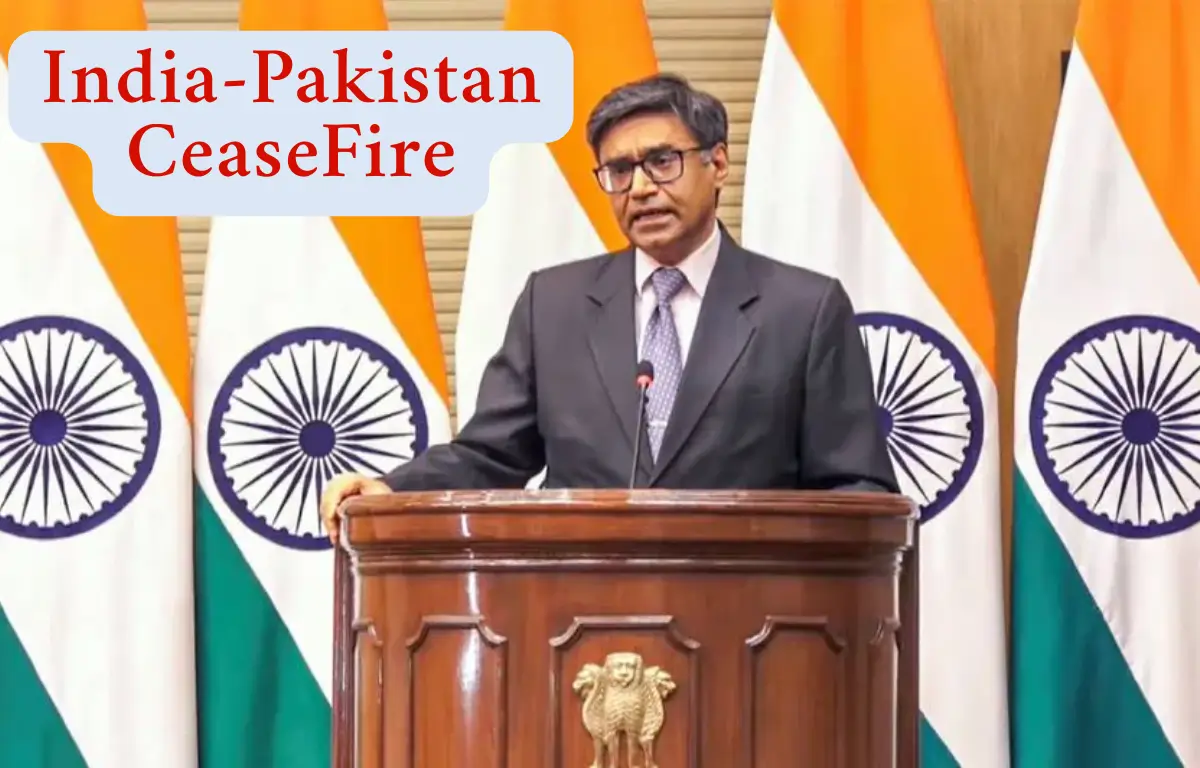India and Pakistan’s recent ceasefire developments offer hope for peace. But is it a lasting step forward or just a temporary calm? Explore the full story.

🕊️ A Quiet Border After Years of Noise
The Line of Control (LoC), separating India and Pakistan, has long been a tense and dangerous place. Gunfire, shelling, and tragic civilian deaths were almost routine.
But lately, something has changed.
In May 2025, both countries have shown rare signs of calm—an unexpected silence along the border. No gunfire. No mortar shells. Just the sounds of children laughing, farmers returning to their fields, and families breathing a little easier.
For the first time in months, hope is replacing fear.
🤝 Ceasefire Talks Revisited
India and Pakistan reaffirmed a ceasefire back in 2021. But it was shaky at best. Ceasefire violations continued, and mistrust only grew deeper.
Now, after secret military-level talks and quiet diplomatic nudges, both sides appear ready to try again.
- No new cross-border firing has been reported since mid-April 2025.
- Military hotlines between both nations are now active 24/7.
- Joint surveillance efforts have been strengthened to prevent accidental escalations.
This isn’t just a press release—it’s a visible difference on the ground, where real people are living real lives.
👨👩👧👦 Real Stories from the Border
For families living in border villages like Uri and Poonch, the ceasefire is more than just a political event—it’s a lifeline.
“I haven’t had to run to the bunker in weeks,” says Parveen Begum, a mother of three from a village near the LoC. “We finally feel like we’re living again, not just surviving.”
School attendance is improving. Shops are staying open longer. Farmers are planting again. It’s a return to life—a quiet kind of victory.
🔍 What’s Driving the Peace?
Several factors are behind the shift:
- Public pressure – Citizens on both sides are tired of endless conflict.
- Economic challenges – Both nations are focusing on rebuilding after the pandemic and rising inflation.
- Global influence – Countries like the U.S. have quietly pushed for peace. America112 reported that U.S. diplomats are urging de-escalation in South Asia for broader regional stability.
⚠️ Not All Is Calm Beneath the Surface
Despite the current calm, skepticism remains high. India continues to stress that terrorism must be addressed.
Recent events like Operation Sindoor showed India’s zero-tolerance policy toward cross-border terror threats.
Indian security forces are on high alert. Drones and surveillance systems are watching every inch of the LoC. As detailed in Weapons That Keep India Safe and Strong, India has significantly strengthened its border defenses.
Peace, yes—but with eyes wide open.
🇮🇳 India’s Firm Message
India’s defense leadership has been clear: Peace is welcome, but not at the cost of national security.
“India wants peace, not passivity,” said a senior military officer. “We are always ready to talk, but we are also ready to act.”
This balanced approach—dialogue backed by strength—defines India’s current stance.
🛡️ The Bigger Picture
The world is watching. A lasting ceasefire between India and Pakistan would not just save lives, but open doors to trade, development, and better diplomacy.
Imagine the resources currently spent on military tension being redirected to schools, roads, healthcare, and innovation. That’s the true potential of peace.
But it will take trust-building, transparency, and political courage—on both sides.
💬 Final Thoughts – Hope, But Not Blind Hope
This ceasefire might seem like a small story in a world full of headlines. But for those living along the LoC, it’s life-changing.
Yes, there are challenges. Yes, peace has failed before. But every peaceful day is a gift, and every step toward dialogue is a step worth taking.
Let’s hope this is more than just a pause—and the beginning of a new chapter.
📚 Explore More on Recital Blog:
- 🛡️ Weapons That Keep India Safe and Strong
- 🚨 India Launches Operation Sindoor – A Strong Response to Terrorism
🌐 Global Perspective:
Visit America112 for more international insights into peace, diplomacy, and regional security.

